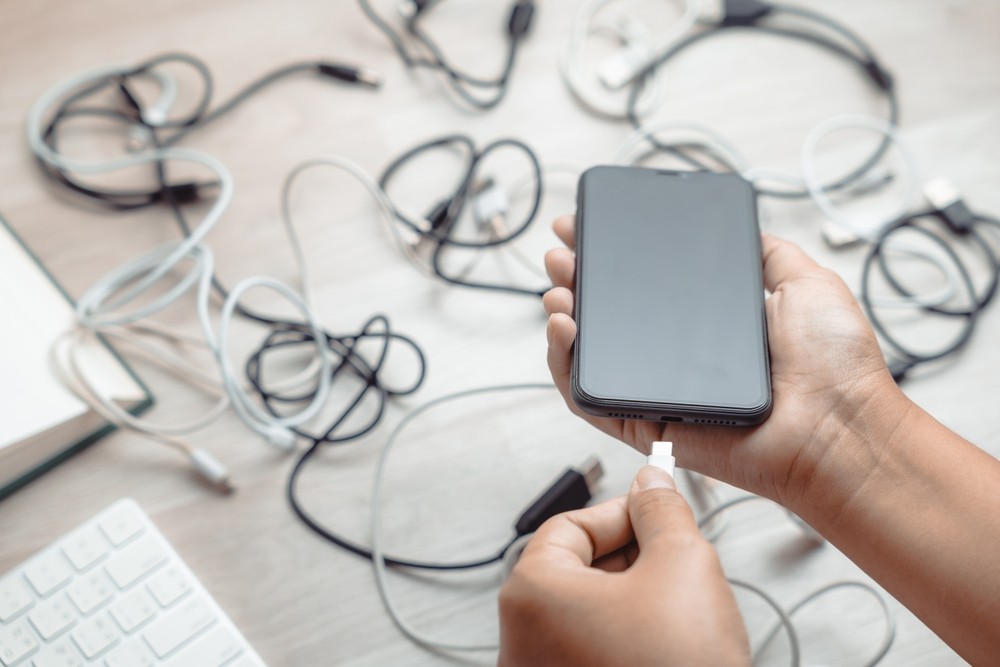The ubiquitous presence of electronic devices in our daily lives underscores the necessity for reliable charging solutions. Whether it’s a smartphone, a tablet, or a laptop, the need for a constant and dependable power supply is indispensable for seamless functioning. Often, the focus tends to be on the devices themselves, leading many to undervalue the essential accessories, especially charging cables. The temptation to cut costs by purchasing cheap charging cables can be strong, yet this frugality may lead to unintended consequences. Here’s an exploration of why opting for bargain-basement charging cables might ultimately damage your devices and incur higher costs in the long run.
The Role of Charging Cables
Charging cables serve a critical role as the conduit through which power flows from an electrical outlet to your device. This cable is more than just a wired connection; it is designed to ensure the safe transmission of electricity, correct power levels, and appropriate data transfer when necessary. Moreover, the quality of these cables can significantly affect the health and longevity of your device’s battery.
Common Problems with Cheap Charging Cables
- Poor Quality and Material: Cheap cables are often made with substandard materials. The outer cover might be fragile, leading to cracks and tears. Inside, the wires might be thin and poorly insulated, which can result in overheating or short circuits. This compromise in quality makes them prone to breaking, fraying, or disconnecting internally, disrupting the charging process or making the cable unusable.
- Inconsistent Charging Speeds: Many inexpensive charging cables don’t support fast charging, even if your device does. This means you might be waiting considerably longer for your device to charge, reducing your device’s usability when you need it. Moreover, inconsistent charging speeds due to unreliable or fluctuating power flow can degrade your device’s battery over time.
- Overheating: Low-quality cables can cause your device to overheat as they may struggle with stable power transmission. This not only shortens the life of the battery but also risks damage to the device’s internal components. In some cases, overheating can even potentially pose fire hazards.
Risks of Damaging Devices
- Battery Degradation: High-quality cables are designed to deliver a steady flow of power in line with your device’s requirements. Cheap cables often fail in this respect, leading to power surges or drops that can damage the battery’s health, reducing its ability to hold a charge.
- Damage to Charging Port: Poorly constructed cables may not fit properly into your device’s charging port. Over time, the constant movement and pressure caused by ill-fitting connectors can damage the port. This may lead to charging issues and could necessitate costly repairs.
- Potential Data Loss: If your charging cable also functions as a data transfer cable, low-quality ones may cause data transfer failures or corrupt your data. This might result in loss of important files, photos, or even affect your software.
Cost vs. Value
While the nominal savings from buying a cheap cable might seem appealing initially, the longer-term costs can be significant. Investing in low-quality products is often a false economy. Consider the cumulative expenses involved in replacing damaged parts, buying new durable cables, repairing devices, or potentially replacing devices entirely due to lasting damage caused by inferior accessories. In contrast, purchasing a quality charging cable from a reputable manufacturer might cost more upfront but can provide peace of mind with reliable performance and longer lifespan.
Safety Concerns
Safety is another critical consideration when it comes to choosing charging cables. Poorly made cables can break internal wires, generating sparks that might lead to fires, especially if left charging overnight or unattended. High-quality cables often undergo rigorous testing and meet specific safety standards and certifications which help mitigate these risks.
Environmental Impact
Cheap cables frequently have a shorter lifespan, leading to a greater volume of electronic waste. Considering the significant environmental costs of producing, transporting, and disposing of electronic accessories, investing in longer-lasting, sustainable options contributes positively to reducing your environmental footprint. Less frequent replacements mean fewer cables end up in landfills or require recycling.
The Importance of Brand and Warranty
Reputable brands often offer warranties or guarantees with their products, a testament to their quality and durability. In contrast, generic cables seldom come with such assurances, leaving the consumer without support in the event of failure. When choosing a charging cable, opting for established brands known for their reliability and support can protect both your devices and your investment.
What to Look for in a Quality Charging Cable
To ensure the safety and longevity of your devices, here are some qualities to look for when purchasing a charging cable:
- Certification: Look for cables that are certified by standards such as Apple’s MFi for iOS devices or comply with USB-IF standards for other types of devices. These certifications ensure compatibility and safety.
- Material Quality: Choose cables made from materials such as braided nylon or other tough outer sheaths that prevent wear and tear. High-quality metal connectors without plastic casings can also provide better durability.
- Length and Flexibility: Assess the length you require to ensure convenience without excess that might lead to tangling or additional wear. Cables that are flexible and easy to bend without damage are an added advantage.
- Reinforced Strain Relief: The point where the cable connector meets the wire is usually the weakest point. Look for reinforced cables in these areas to withstand bending and pulling.
Personal User Experience
Users who have shifted from cheap to premium charging cables often notice immediate improvements. Devices may charge faster, maintain their battery health, and users often report fewer incidents of broken cables. Although these individual observations can vary, the correlation between cable quality and device health is well documented.
Prioritizing the quality of charging cables is a simple yet impactful way to protect your devices. Paying a little more upfront ensures that our essential technology is safe, efficient, and lasts longer. While the allure of cheap alternatives is ever-present, the saying “buy cheap, buy twice” is particularly apt when it comes to charging accessories. By making informed choices, users can enjoy consistent device performance and safeguard their investments.



